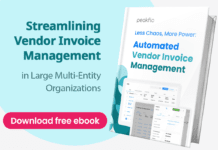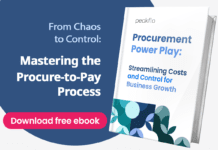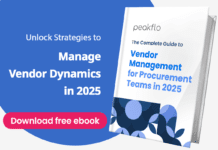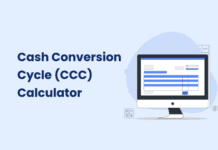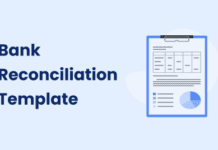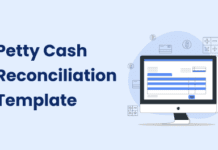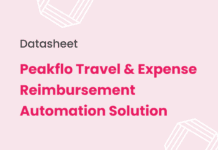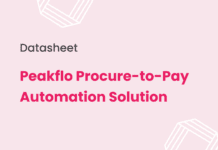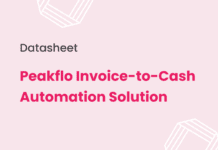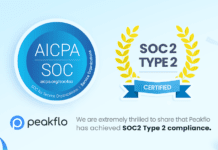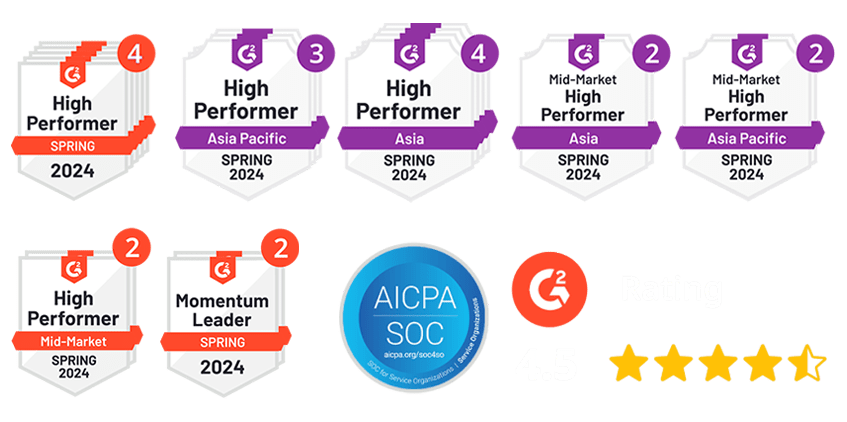As a procurement manager, you face a daily challenge: bringing in the right vendors quickly while ensuring they meet your company’s standards. Without a straightforward process, onboarding can quickly become time-consuming and risky.
This is where a vendor onboarding checklist proves essential. It plays a vital role in maintaining consistency, minimizing risks, and fostering strong relationships with suppliers. By using a structured approach, you can streamline onboarding, avoid missed details, and set your vendors up for success from day one.
This blog provides a step-by-step guide and practical tips for onboarding vendors more effectively and efficiently every time.
Let us start by explaining why vendor onboarding matters.
What is Vendor Onboarding?
Vendor onboarding involves collecting and verifying pivotal information from new vendors. It ensures all documents, certificates, and details are complete before you begin working with them.
Vendor onboarding means collecting the details necessary to add a new vendor to your system. This includes legal paperwork, tax forms, and confirming their qualifications. It ensures the vendor meets your company’s requirements.
But why is it so important? Let us understand next.
Importance of Vendor Onboarding
Vendor onboarding is essential as it ensures you connect with the right one. There are two crucial reasons why you should take it seriously.
- Managing Risk
Onboarding enables you to verify if a vendor aligns with your company’s standards. It safeguards your business from risks such as subpar quality, delays, or legal complications. A well-structured process ensures your vendors are dependable and meet your expectations. - Building Stronger Relationships
When you onboard a vendor correctly, both sides know what to expect. Clear expectations from the start help create long-term, successful partnerships with your vendors.
By getting this process right, you reduce pitfalls and make a foundation for better connections.
Next, we’ll explore the common challenges you may face during vendor onboarding.
Challenges in Vendor Onboarding
Despite having an efficient system, onboarding vendors can still pose challenges. As someone managing procurement, you have likely seen how minor issues can grow if not addressed early.
Here are some common problems:
- Lack of Defined Vendor Criteria
With clear criteria, choosing the right vendor becomes easier. This may result in delays or quality problems down the line. It’s important to ensure that your vendors clearly understand the expectations from the beginning.
- Gaps in Supplier Information
Missing or incomplete data is another major challenge. When vendor information is scattered or unclear, it slows everything down. You have probably spent extra time chasing down missing paperwork or correcting outdated details.
- Manual and Offline Processes
Handling onboarding manually, through emails or spreadsheets, can cause errors and increase the chances of miscommunication. As an operations leader, you’re all too familiar with the frustration caused by outdated processes leading to missed details. By proactively addressing these challenges, you can simplify your workflow and ensure vendors are correctly onboarded from the beginning.
Step-by-Step Process for Vendor Onboarding
Now that you’re familiar with the challenges, let’s walk through a straightforward, step-by-step process to simplify your vendor onboarding. By following these steps, you’ll ensure that every vendor is prepared to meet your company’s requirements and deliver on time.
1. Create a Procurement Policy and Outline Supplier Requirements
Start by defining your company’s needs. What standards do they need to meet? Key factors such as quality standards, delivery timelines, payment terms, and required certifications should be clearly defined. Setting precise criteria from the start allows you to easily filter out vendors that don’t meet your needs.
2. Conduct Due Diligence and Negotiate Contracts
Before proceeding with a vendor, check their background. Ensure that the vendor’s financial stability, legal status, and compliance with industry regulations are thoroughly verified. Once you are satisfied, negotiate the terms of the partnership, including price, delivery schedules, and service-level agreements.
3. Collect and Verify Supplier Information
Next, it’s time to collect all the necessary documents, such as tax forms, legal certifications, contact details, and bank information. Be sure to verify that all the data is accurate and current.
Make sure all the information is accurate and up to date. Verification at this stage will prevent headaches later.
4. Align Processes and Set Clear Expectations
After gathering all the necessary information, it’s essential to make sure both your team and the vendor are aligned on how the processes will function. Clearly define expectations for communication, delivery timelines, and reporting. This clarity helps prevent miscommunication and ensures the vendor is ready to meet your company’s objectives.
5. Centralize Order Information and Monitor Performance
Centralizing your order information is essential for effective vendor management. Implement a system that enables you to monitor orders, delivery schedules, and any potential issues. Conducting regular performance evaluations will help pinpoint areas for improvement and ensure the vendor consistently meets your expectations.
6. Technology Enabling Data Collection and Approval Processes
Manual processes slow things down and increase the risk of errors. Leveraging technology allows you to automate key aspects of data collection, verification, and approval. This not only speeds up the onboarding process but also improves accuracy and reduces the workload on your team.
Vendor Onboarding Checklist
A vendor onboarding checklist helps you stay organized and ensures every important detail is covered.
Here’s what a simple vendor onboarding checklist should include:
- Legal Documents
- Business registration info
- Tax ID numbers
- Insurance certificates
- Required licenses
- Financial Information
- Bank account details
- Payment terms
- Credit history and financial checks
- Compliance Certifications
- Industry certifications (e.g., safety, environmental)
- Vendor code of conduct
- Compliance with company policies
- Key Contacts
- Primary and backup contact persons
- Their roles and responsibilities
- Performance Metrics
- Key performance indicators (KPIs) for delivery, quality, and communication
- Agreed service levels like timelines and response times
Make this checklist your go-to while onboarding any vendor.
Best Practices for Vendor Onboarding
Following best practices makes vendor onboarding smoother and more efficient. These tips save time and help ensure vendors meet your company’s standards.
- Set Clear Performance Goals
Ensure that vendors are clear on expectations right from day one. Set clear goals for product quality, delivery times, and communication. This helps track their performance and fix any issues early.
- Standardize the Process and Assign Roles
Use the same process each time for onboarding. Decide who is responsible for each task—like collecting documents or adding vendors to your system. This consistency helps avoid mistakes.
- Keep Communication Open
Make sure vendors know who to contact for questions or updates. Your team should be ready to help them. Good communication from the start prevents problems later.
- Create a Vendor Code of Conduct
Write down your expectations for ethical behavior and compliance. This is important for long-term partnerships so vendors can align with your company’s values.
- Automate Routine Tasks
Technology can automate repetitive tasks, like collecting documents, verifying data, and tracking progress. This saves time and ensures accuracy. Rather than manually overseeing each step, you can implement automated workflows that guide the vendor through the process.
- Real-Time Data for Better Decision-Making
Having all your vendor data in one system allows for instant access, providing real-time insights into their performance, compliance status, and potential risks. With this data, you can make informed decisions quickly without chasing down missing information.
- Enhanced Security for Data Transmission
Sharing sensitive information, like financial details and legal documents, can be risky if done through emails or other unsecured methods. Technology platforms provide secure methods for transmitting and storing data, safeguarding both your business and your vendors from potential security breaches.
By integrating technology into your vendor onboarding process, you reduce manual errors and speed up approval times. It also gives you greater control over the entire process, ensuring that every vendor meets your company’s requirements.
How Peakflo Can Help with Supplier Onboarding
Peakflo makes vendor onboarding easier and more efficient by reducing manual work for your team. It offers a secure, comprehensive platform to manage the entire vendor process in one place.
Here’s how Peakflo can help:
Information Verification
Peakflo ensures the accuracy of key vendor details by verifying important information, reducing the risk of fraud and compliance issues. Here’s how Peakflo handles information verification:
- Company Information: Peakflo verifies essential company details such as GSTIN, PAN, and MSME registration numbers. This process helps confirm the legitimacy of the vendor and prevents fraudulent activities.
- Company Documents: Vendors can upload important company documents, like tax certificates, directly to their profiles. This eliminates the need for back-and-forth communication and allows for easy document verification.
- Phone Number: To ensure the vendor’s identity, Peakflo requires vendors to verify their phone number through a one-time password (OTP) system. This confirms the validity of the contact details provided.
- Bank Account Information: Peakflo automatically verifies vendor bank account details via the penny-drop method to prevent payment errors and delays. The system flags the issue if incorrect bank information is detected, ensuring smooth and secure transactions.
Centralized Communication
All communication with vendors is done through one platform, making it easy to track updates and requests. You can ask for additional information or update vendors on approval status all in one place, cutting down on miscommunication and speeding up the process.
Streamlined Vendor Management
Peakflo allows you to manage all your vendors seamlessly from one centralized dashboard. You can approve or decline applications, check vendor status, or revoke access. You can even handle bulk actions, saving time when managing multiple vendors.
Integration with Existing Systems
Peakflo integrates with your current accounting and ERP systems for a seamless data flow. You can import data using CSV/XLSX files or set up automatic sync via API or SFTP, ensuring vendor data stays consistent without manual work.
Vendor Portal
With Peakflo’s vendor portal, vendors can manage their invoices, monitor payment status, and track receivables efficiently. This reduces your team’s administrative load while keeping vendors informed about payments.
By using Peakflo, you streamline supplier onboarding, reduce manual tasks, and ensure more accurate vendor management.
Conclusion
Vendor onboarding is essential for reducing risks and building solid supplier relationships. By following a transparent process, using a checklist, and applying best practices, you make sure every vendor meets your company’s standards.
Using technology like Peakflo can help. It automates repetitive tasks, improves data accuracy, and enables you to manage vendors more efficiently. This approach saves time and sets your vendors up for success from the beginning. Streamlining your onboarding process minimizes errors and enhances vendor performance, leading to a stronger supply chain and improved business outcomes.
Ready to improve your vendor onboarding? Book a demo with Peakflo.

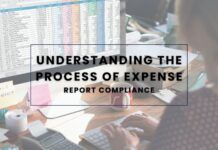







![Why AI Sales Calls Are Making Good Sales Reps Even Better [2025 Guide] ai sales calls](https://cdn-kmjmp.nitrocdn.com/YvtqmrsiHUxqerlSiZgbfzqqTARWTElr/assets/images/optimized/rev-a4aafe3/blog.peakflo.co/wp-content/uploads/2025/09/65168cf6-3001-4733-8cbc-12d5684cf449-218x150.webp)







